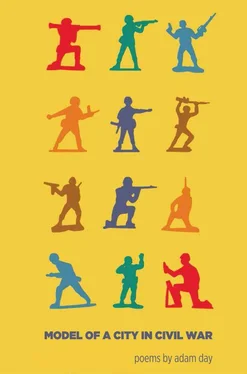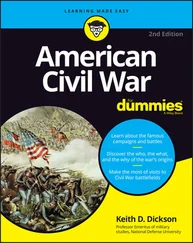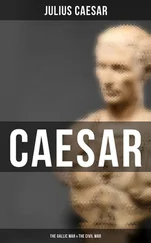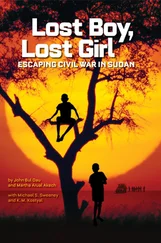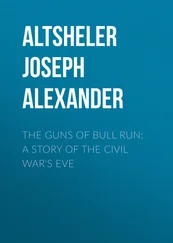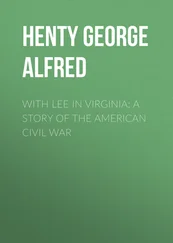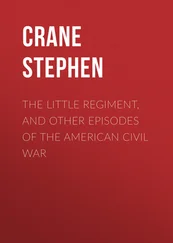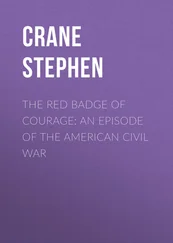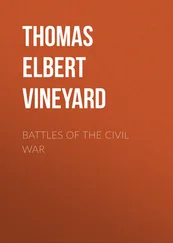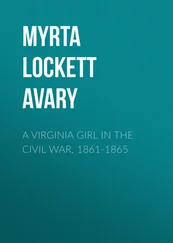Turn the picture upside down
and the seven hanging fascists
with their arms outstretched
look much like their excited countrymen
screaming for a goal at the Stadio San Siro.
Fritz Haber
whose fertilizers increased the world’s food supply
sevenfold— Brod aus Luft ;
whose gasses strangled allied troops in the trenches
of Ypres— Tod aus Luft ;
whose wife, soon after, shot herself
in the heart with his service revolver, and the bullet
passing through her
made a sound like the gulls
baying outside.
There are men on the Esso station’s girders, communist partisans,
looking down
the bodies of the hanging dead,
as relaxed as steelworkers arguing baseball,
lighting cigarettes on a single steel beam, seventy stories
above Manhattan
in Ebbets’ Lunch on a Skyscraper . It’s the curling
fingers that give the dead away
as if in reaching for snow
instead they found sandpaper.
A gull with one wing dragging like a banner
humps down the ice-skinned cove. A thinning
man among the raw-boned cows, nostrils wide, salt burn.
Lung-colored water breaks like one hundred doors
slamming, shrinking shingles, and away.
Fat snow butts a fallen gutter. The overlong
cold-droozed grass slips from chapped hands thickening
in the naked wind, falling asleep at the line, sliding
darkly into pockets. As the eyes loosen
their bluish hold on the horizon, killdeer cut
over the dunes — the sky’s market light, the sun kneeling
between clouds in thin complicated continents.
THE MAYOR IN SKY-BLUE SOCKS
Deer herd in the icy fields. The mayor
in sky-blue socks hugs a chestnut,
biting the bark like a cube of sugar
between his teeth, but no tea coming,
just polite hatred, holding the place
where someone else had been, too dumb
even to scream. No one will ever love him
as that cat loved him. In this place night vanishes
men from the world; it’s no safer, nor
more attractive, but it’s improved appreciably.
Morning ferry
after a night
of carnations,
a deserved toast.
Now, the rail station
burning. Too much
wind and cigarettes.
Green night
in my hair. Eyes
all over.
After Jean Genet’s The Thief’s Journal
I was the theatre
of a fairyland
restored to life.
When the waltz ended,
the two soldiers
disengaged themselves.
And each of those two
halves of a solemn
and dizzy block
hesitated, and happy
to be escaping
from invisibility,
went off, downcast,
toward some girl
for the next waltz.
So small
my neighbor
last autumn. Shadow
lake. Moon half.
Light
save us. Shade
his backlit
outline. His dead
ages. Who’d fail
his girl of sixteen—
his son, Vietnam,
god, reason? He’d
sit out there
in the wind, come
dark. Long dead.
The sun wore out
the mesh of morning
air, wind pitched
among weeds, the hum
of ducks like government
buildings. The swelling
perfectly upholstered
nursing home, the trees
sucking at the heat.
Monkfish on ice above
the slow, slick fluid
at the curb. Cabs go on
moving over the streets
like a fog, as if invisible,
as the beaked policeman
idiotically crosses himself.
From such material it is almost
impossible to create a picture
of life. What was the color
of the travel permit a sergeant
would have needed to get from spring
to fall that year? One strips for oneself,
a kind of masochistic self-inspection
with a scarlet-billed crane outside
the window. A natural celibate,
a kind of anchorite. An event
at the limits. Outside, daylight sits
shining beneath the fog above an island
like water on a rabbit’s ear. The body
is useful, then isn’t. One goes
and sits at the mahogany desk
as if nothing has happened.
After David Alworth’s “Bombsite Specificity.”
The best way to visit Kelvedon Hatch bomb shelter is in the new
Alfa-Romeo. With its four-wheel disc brakes,
luxurious interior and road-holding ability, it’s safe, fast and pleasant
to drive. Just follow the sign: “Secret
Nuclear Bunker.” ’60’s-era mannequins in Burberry with moving legs
and breasts, loitering in corridors. A skinny husband
in the craw of a cold bed, with a snore like a toothache. Tranquil tensions
escalated. With striptease the décor is always
more important than the person disrobing. Whatever chaos reigns above — fallow
fields, the ponds cowering—
life underground is snappy, ordered, austere. A zone of leisure. How war can be
productive; constellating Nixon in the kitchen, celebrating appliances
and amenities. Baked beans, tomato juice, Nescafé, a rational level
of dread. Outside, night’s cold,
object’s cold; no different from a church. Condensation on Plexiglas. Descending
from a slope of debris, children swarm
the ruins. False-feathered cardinals for floral arrangements, pressed
& colored glassware, garden
tools. Typhoid from seashells cleaned improperly. How stupid and forgettable
adults are. To conceive of the world
as a target. Like a cantilevered goldfish. To vie for spots in the only shelter
in the neighborhood. Nowhere else
to go but another part of the airplane. To photograph ourselves as humans; to see
ourselves as bullets and bombs
see us. Children embroidered in a rug like musical instruments abandoned
in a field. Seeing all the different moments
the way we can look at a stretch of the Rocky Mountains; like soldiers looting a clock
factory. Participant-observers; innocent
nobodies. The incompleteness of the past; the ongoingness of history. Dogs eating grass
beneath the dripping trees; the smell
of a white dress rained on. It is a country which you can imagine, for it is
pretty like a picture, as it lies there
amidst its landscape, like an artisanal snow-globe, which it owns.
“Combine” owes a debt to the following:
Inside the Stalin Archives: Discovering the New Russia by Jonathan Brent
Wyatt Prunty’s forward to The Selected Poems of Howard Nemerov
Tom Stoppard’s Arcadia
John Worthen’s D.H. Lawrence: The Life of an Outsider
Peter Hall in “Demolition Man: Harold Pinter and The Homecoming, ” by John Lahr, in The New Yorker
“Anne Carson, The Art of Poetry #88,” in The Paris Review , interview by Will Aitken
“Anoosh’s Obituary for Himself, to His Son” features a small detail taken from an apocryphal story of Robert Creeley being served coffee with ice cream in place of cream by Louis Zukofsky.
“Winter Nights” contains a phrase reconfigured from Knut Hamsun’s Pan .
“Hiding Again, in London” owes a debt to:
Edmund Wilson’s To the Finland Station
“Becoming the Emperor: How Marguerite Yourcenar Reinvented the Past,” by Joan Acocella, in The New Yorker
The Mrs. Woolf and the Servants: The Hidden Heart of Domestic Service , by Alison Light
Читать дальше
